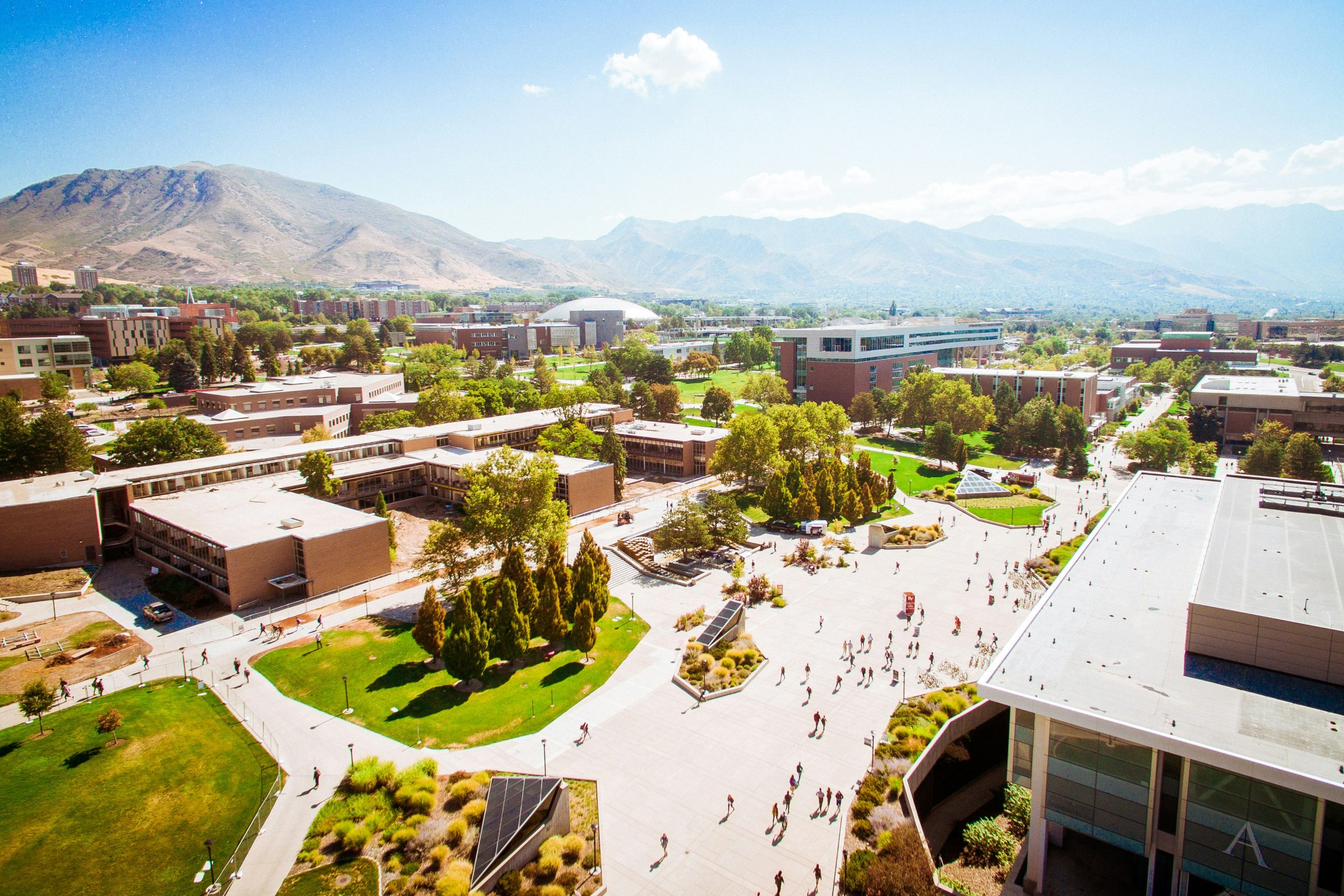How Campus Transportation Systems Impact Learning
Campus transportation systems play a crucial role in the overall academic experience at universities and colleges. From shuttles and buses to bike-sharing programs and car rentals, efficient transportation options are essential for students to get to classes, attend extracurricular events, and explore their campus communities. In recent years, universities have been increasingly investing in their transportation systems, recognizing their significant impact on students’ learning. In this article, we will explore how campus transportation systems impact learning and why they are an essential aspect of students’ academic success.
Improving Accessibility and Convenience
One of the most significant advantages of having a well-developed campus transportation system is that it increases accessibility and convenience for students. Many students do not have access to cars, making it challenging for them to travel to and from campus. By offering shuttle services or bike-sharing programs, universities can provide students with an alternative mode of transportation that is more affordable and less time-consuming.
Moreover, efficient campus transportation systems eliminate the stress and hassle of commuting. Students do not have to worry about the cost of gas, parking availability, or traffic jams, allowing them to arrive at their classes on time, with a clear mind, and ready to learn. This convenience also extends to extracurricular activities, as students can easily attend events, club meetings, and social gatherings without worrying about transportation logistics.
Reducing Environmental Impact
With the increasing global concern for the environment, universities have been actively taking steps to reduce their carbon footprint. A well-designed campus transportation system can contribute significantly to these efforts. By encouraging the use of alternative modes of transportation such as biking or using electric shuttles, universities can help reduce carbon emissions and promote environmentally-friendly practices.
In addition to reducing the university’s environmental impact, this also provides students with an opportunity to learn about sustainability and responsible transportation choices. By integrating this into their academic curriculum, universities can raise awareness and educate students about the importance of protecting our planet and making environmentally-conscious decisions.
Promoting a Sense of Community
As the saying goes, “together we are stronger.” A well-developed campus transportation system can bring students together and foster a sense of community. By providing transportation options that students can use together, universities promote interaction and socialization among students. They can also create a more inclusive and diverse campus environment by providing easy access to different areas of campus, including those that are typically less frequented.
Moreover, for students living on campus, having a reliable transportation system can help them feel more connected to their university and its facilities. It also allows students to explore different parts of campus, discover new spots to study or socialize, and feel more comfortable and familiar with their surroundings.
Offering Learning Opportunities
Campus transportation systems can also offer unique learning opportunities for students. By partnering with local transportation companies or implementing student-run programs, universities can provide students with practical experience in transportation management, logistics, and even leadership. This not only enhances students’ resumes but also helps them develop essential skills that they can apply in their future careers.
Universities can also incorporate transportation-related research opportunities for students in relevant academic programs, such as urban planning, environmental studies, and engineering. This can lead to innovative solutions and initiatives to improve campus transportation and offer students hands-on experience with real-world issues.
In Conclusion
In today’s competitive higher education landscape, universities need to continuously seek ways to enhance students’ learning experience. Campus transportation systems may not be top of mind when it comes to academic success, but they play a vital role in creating a conducive learning environment. By improving accessibility, reducing environmental impact, promoting a sense of community, and offering unique learning opportunities, universities can enhance students’ overall experience and contribute to their academic success. It’s time for universities to recognize the value of investing in efficient, sustainable, and inclusive campus transportation systems.











